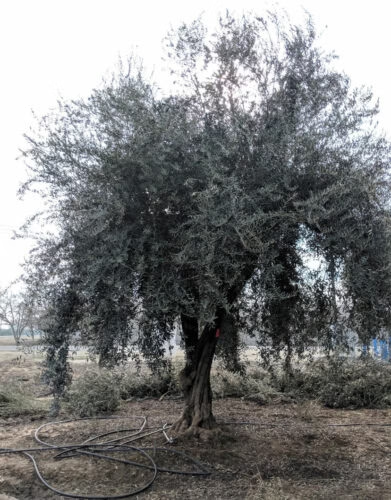How to prune an olive tree? Every good farmer knows how vital pruning is. To ensure that pruning provides the desired benefits.
We must understand the proper tips and techniques.
The olive tree is one of the Mediterranean plants that are more prone to pruning.
Pruning interventions favor the passage of light and air circulation through the plant’s foliage.
Olive Tree Pruning
This will depend on the variety of olive trees that we have and the climatic conditions.
Pruning is a delicate operation that requires some knowledge.
If you do not have experience and do not know.
HOW TO PRUNE AN OLIVE TREE, we explain below how to do it easily.
Tools
We need thses tools to carry out the pruning operations.
A ladder and large scissors to reach the highest branches.
Simple scissors for thin branches, and a manual or compressed air saw for branches with a larger diameter.
Types of Pruning an Olive Tree
We will start by saying that there are different ways of correctly pruning the branches of an olive tree.
Depending on their shape and age, the harvest of the previous year.
The harvest destination, and the plantation crop’s density and size.
We must leave the olive tree in such a way that we balance growth and its fluctuation.
Do not weaken or prematurely age the tree.
We are going to see the different periods to take into account for pruning the tree:
In the period that does not produce, that is to say, very young or pruning of formation, it does not have to be pruned.
This stage’s function is to create the tree’s structure.
Or frame to achieve a sufficiently balanced olive tree to support abundant harvests in as little time as possible.
When the olive tree has grown and is considered an adult, we enter into production pruning.
We want to maintain the right balance between quality and production and its vegetative development that adapts to the tree.
With this, we will lengthen its productive period. And we will significantly delay the decline of the olive tree.
Finally, we find what is known as renewal or rejuvenation pruning.
In this case, the olive tree is already in old age.
We intend to renew or replace the branches that show signs of decay.
Trying to regenerate them and make them more productive by pruning them of great intensity.
Also, pruning will be spaced over time to gradually rebuild the tree canopy.
Which accelerates healing and eliminates the dangers of infection and attacks of fungal parasites.
What should we prune?
Vegetation for production tends to develop towards the outside. It is necessary to direct the pruning mainly to the branches that grow upwards and in any way inside the bell.
Pruned productive gills are also pruned:
Those branches feed little on the plant or are in the shade and are therefore small and wrinkled.
Once the dry, broken, and diseased branches have been intervened.
We begin to thin the foliage’s interior to allow the light to reach each point of the plant.
On this occasion, some particularly tall branches are removed. Which do not lend themselves to a safe harvest.
With this, you will have already been able to eliminate a large part of the branches.
That can make the olive tree sick, and it will continue to grow throughout the spring and summer.

